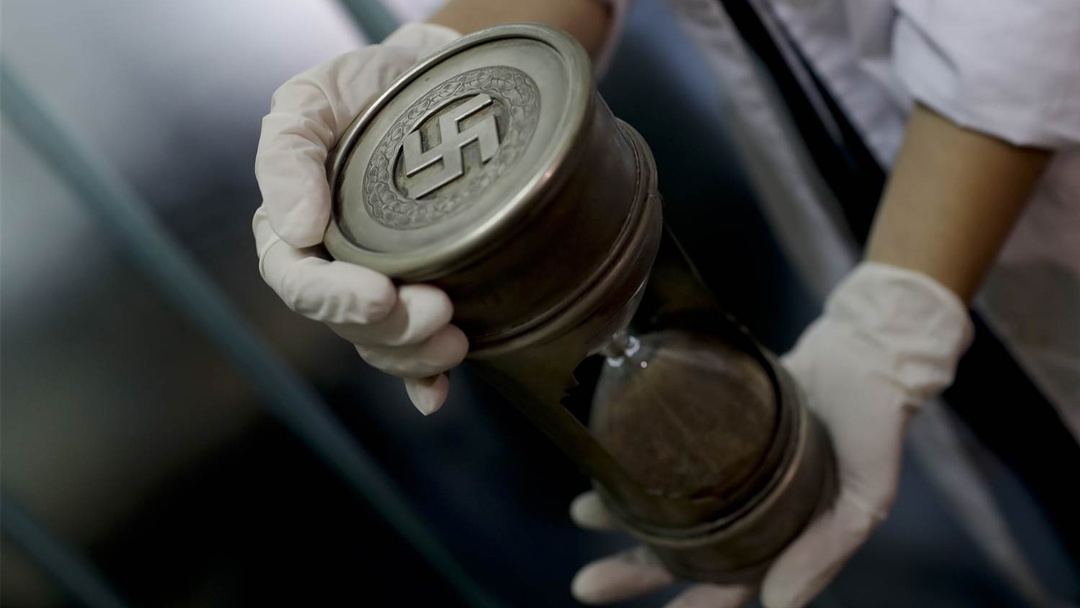 You can’t use much plainer language than that.
You can’t use much plainer language than that.
For us, the article, certainly eye-opening, generated myriad questions. The first is tossed out to society at large: if one Big Pharma family has indeed pushed pills like the slickest criminal cartel that ever existed, why haven’t we ever heard of their methods, and why haven’t we ever heard of them, all 13 billion dollars of net worth of them? A gangster, in flight from our DEA, who created a tenth of that storm would have been on the news…dozens of times.
It’s a huge question, how do we often miss the Wizard of Oz behind the partition, pulling strings that affect the lives of millions of people? One wonders if the news media even come close to doing their job of helping us do our job…as aware citizens.
The overarching questions on the table involve chronic physical pain, and largely psychological addiction. The Sackler’s corporation maintains that pain was long under-treated, that the opiates they refined, Oxycontin and the like, have soothed millions. Perhaps so.
Along with chronic pain looms some chronic mysteries–what makes our species such champions of pain, what causes it? And what are the mechanisms of another confounding phenomenon, that of addiction?
And there’s our national financial psychology. Follow the money. Analysts will want to know what real investment in non-pharmaceutical pain management has been made. Practices that don’t rack up as much profit.
 Addicting pain killers have hooked patients on the drugs, and a network of drug providers on the lucre, on fattened bank accounts. Entire medical clinics were caught doing little else than hooking up patients, kind-of-sort-of-legally, with these opiates. Patients were munching lots of pills, doctors were ingesting dollars, with the Sacklers becoming the wealthiest of all.
Addicting pain killers have hooked patients on the drugs, and a network of drug providers on the lucre, on fattened bank accounts. Entire medical clinics were caught doing little else than hooking up patients, kind-of-sort-of-legally, with these opiates. Patients were munching lots of pills, doctors were ingesting dollars, with the Sacklers becoming the wealthiest of all.
The statistics on death from opiate overdoses, prescription painkillers or the heroin they often slump back onto, have been the tragedy of our decade. (CDC numbers suggest that one hundred forty-five new deaths in the U.S. occur daily, daily, from opiate overdoses!)
Where does all this fit in our national psychology, and what will be the end story of such a national tragedy?











